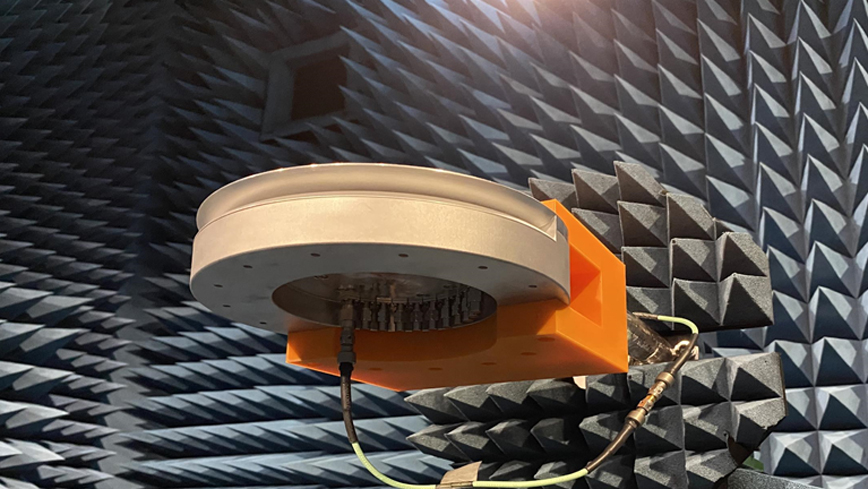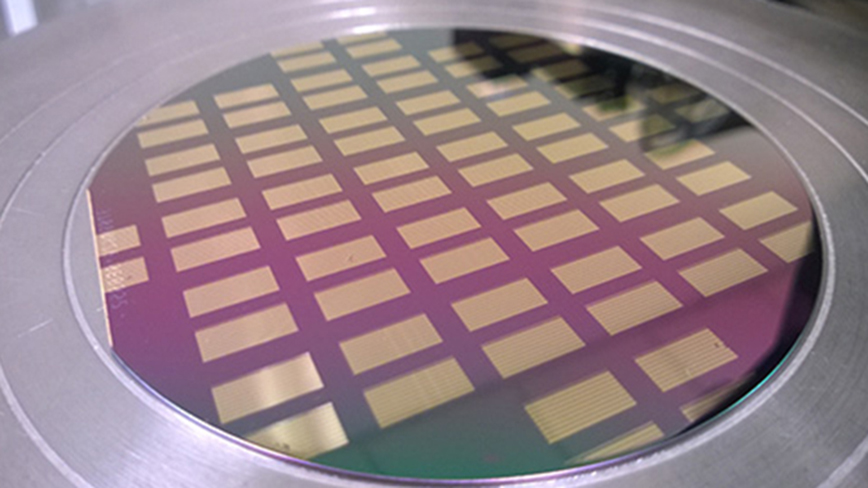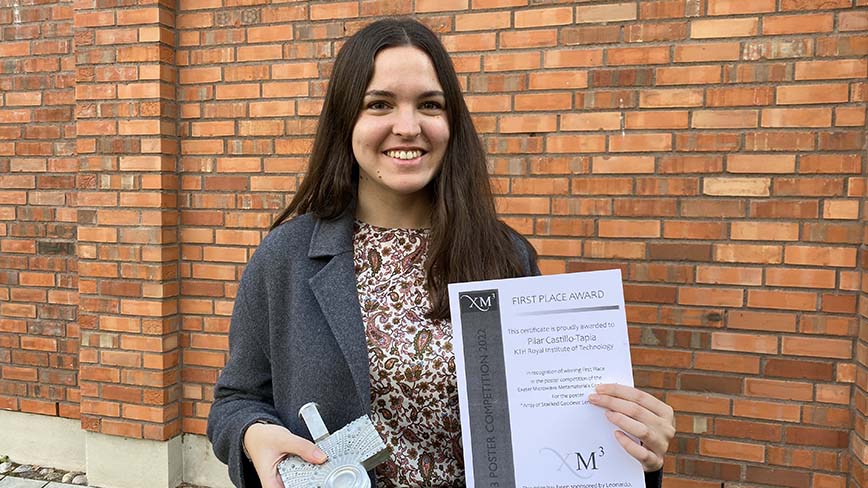"Double-layer geodesic and gradient-index lenses"
– Publication in Nature Communications

We met up with Professor Oscar Quevedo-Teruel and Dr Qiao Chen to congratulate their recent work,"Double-layer geodesic and gradient-index lenses" recently published in Nature Communications.
Congratulations. How does it feel to get this recognition within your research field?
”I feel proud and honoured to publish our research results in Nat. Comm. where only a few papers on similar topics have been published so far, including those by very prestigious researchers. We are happy that the quality of our work is recognised in this publication.” Dr Qiao Chen says.
He keeps talking: “We work within the areas of electromagnetic theory and microwave/antenna engineering. Our research finds applications in communications, radars, and imaging systems. Our expertise at KTH is in the specific areas of aperture antennas, metasurfaces/periodic structures, and analytical/numerical methods for modelling them”.
Professor Oscar Quevedo-Teruel fills in: “In this contribution to Nat. Comm., we derived a new family of lenses and demonstrated their operation numerically (with a ray-tracing) and experimentally (with an antenna prototype). These lenses provide an efficient and cost-effective solution for antennas, which could be used for future 5G/6G and satellite communications and for sensing instruments in the microwave, sub-terahertz, and optical domains."
He continues: “What excites me the most about my research is that the theory of gradient-index and geodesic lenses prospered in the early last century. This theory has been widely used in microwave/optical engineering since then. Nowadays, the industry is searching for new efficient solutions for beam-scanning antennas at millimetre-wave frequency bands for future communications, radars and imaging systems. In our publication, we demonstrate a conceptually elegant and general solution that can be directly applied to solve the incoming industrial challenges in microwave/antenna engineering.
”I believe that solving an engineering problem in an elegant/systematic way is one pursuit of many researchers. This makes technology become science.”
”I believe that solving an engineering problem in an elegant/systematic way is one pursuit of many researchers. This makes technology become science. For instance, our work stems from optics founded on rigorous mathematics and physics, from which practical devices are derived for engineering. I would take it as an illustration for the motto written below the KTH crown ‘vetenskap och konst’.” Chen says. He continues: “Researchers are now working on antenna/front-end systems at increasingly high frequencies, including sub- and tera-hertz bands, mostly driven by the demanding data rates in future wireless communications and higher resolution in radars and imaging systems. This undoubtedly brings up more challenges in engineering and opens opportunities for new solutions.”
“Among the few promising solutions, I believe the most exciting one is the hybrid quasi-optical techniques that combine devices like lenses and reflectors integrated with electronics. This solution permits high efficiency, low costs, and key simplicity at higher frequencies.”
Quevedo-Teruel adds: ”We proposed a general lens concept not restricted to a specific frequency. This means it can be applied to tera-hertz or optical bands though it is originated in microwave engineering. We hope our research will be helpful not only for antenna/microwave engineering but also in other fields such as optics. In the short term, we hope the proposed concept can serve as a compact and efficient solution for beam-scanning antennas for Low-Earth-Orbit (LEO) satellite communications. We are already collaborating with the Swedish industry and the European Space Agency (ESA) with this goal in mind.”
Chen concludes: ”The motivation of this work is to provide a compact and efficient solution for beam-scanning antennas at millimetre-wave bands for future terrestrial and non-terrestrial communications such as 5G/6G and satellite communications. The proposed concept offers a promising solution for antennas that can be deployed in user terminals such as trains, trucks, cars, ships, aeroplanes, and portable devices.
Contact:
Read their paper:
The paper is available to view online on the journal website
www.nature.com/ncomms
or directly at
www.nature.com/articles/s41467-022-29587-9
Related news

Fast communication with spintronics is possible, models show
One step closer to better and faster communication in 5G and 6G has been taken. Ericsson and KTH will now evaluate the technology for two years, and the hope is to get closer to a prototype that can b...
Read the articleJohan designs next-generation mobile networks
The former student's most valuable lesson from KTH, his biggest fear as a student, and most importantly; what it’s like being an antenna engineer.
Read the article
Awarded for best entry
Future communication systems depend on antennas that are both directional and steerable to compensate for path loss. A boost in this work is done by doctoral student Pilar Castillo Tapia winner of the...
Read the article